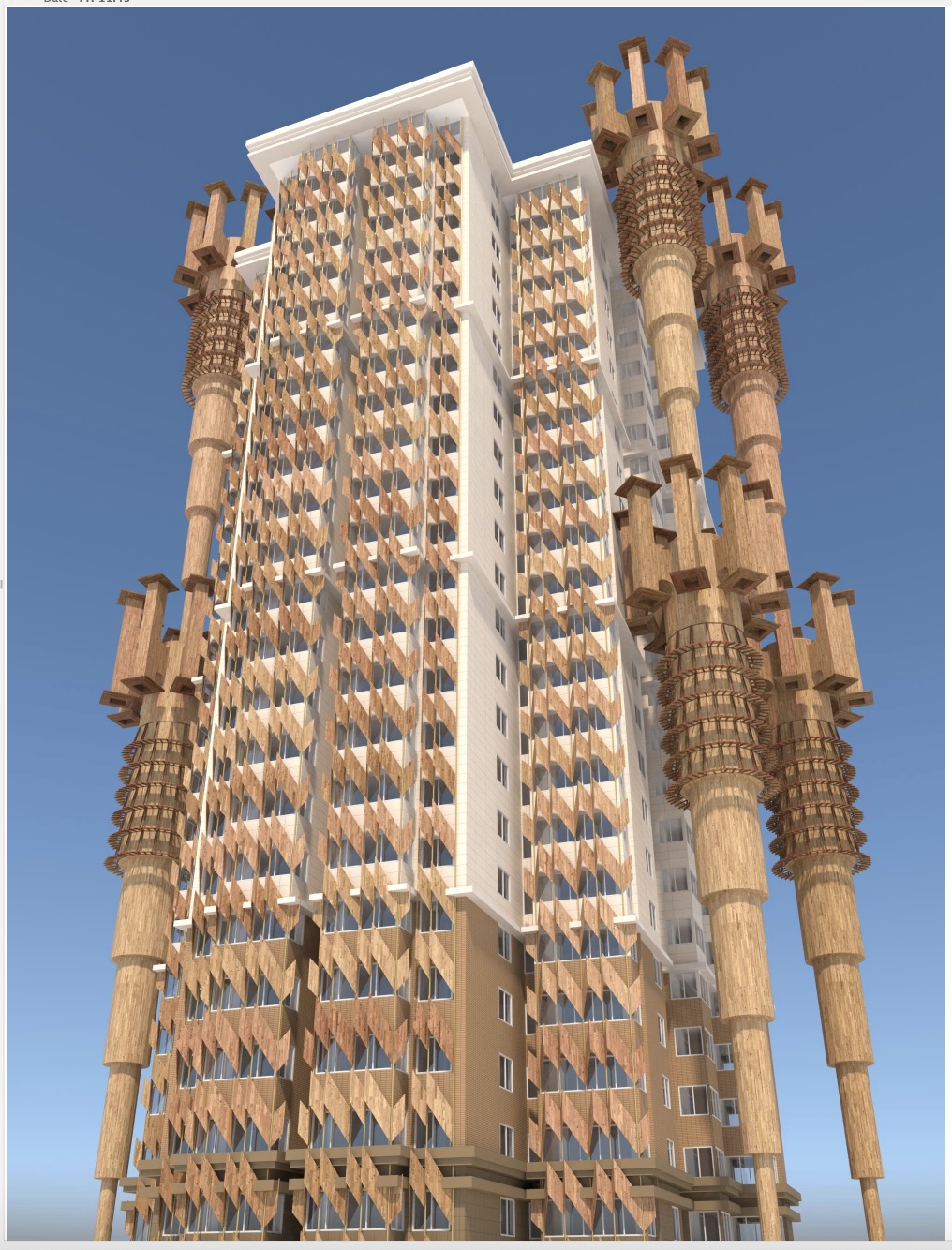Low carbon climate-responsive Heating and Cooling of Cities (LoHCool)

| Created: | 2019-10-14 14:27 |
|---|---|
| Institution: | Office of External Affairs and Communications |
| Description: | Low carbon climate-responsive Heating and Cooling of Cities (LoHCool)
Principal Investigator: Prof. C. Alan Short 1 with Co-i's Prof. Peter Guthrie 2, Prof. Li Baizhan3, Prof. Meng Liu3, prof. Jian Ge 4, Prof Yao Runming5, Prof. Sue Grimmond 5, Prof. Michael Herzog 6 and Prof. Kevin Lomas 7 1 Department of Architecture, University of Cambridge; 2 Department of Engineering University of Cambridge, 3 Chongqing University, 4 Zhejiang University, 5 University of Reading, 6 Dept. of Geography, University of Cambridge 7 Loughborough University Department of Civil and Building Engineering. The built environment sector in China is currently responsible for 36-40% of total national energy consumption (THUBERC, 2016; Zhang, He, Tang & Wei, 2015). Heating, Ventilation and Air Conditioning (HVAC) account for 47% of building energy consumption. Up to 21% of national total energy consumption and emissions of 2.22 Billion tons of CO2 are down to the building stock (THUBERC, 2017; China Statistical Yearbook, 2017). UK 2016 total emissions were 0.379 Billion tons. In an attempt to reduce emissions, China's central government has set the ambitious target of reducing CO2 emissions per unit of GDP by 40-45% by 2020 against the 2005 baseline (MOHURD NDRC, 2013). The highly inter-disciplinary, multi institutional, trans-continental LoHCool research project demonstrates ways in which the existing relatively recent building stock in the cities of the Hot Summer Cold Winter zone (550M citizens, 9 Billion m2 of building floorspace) can be adapted, viably, whilst occupied, to significantly reduce the potential impact surge in emissions if owners and developers simply pursue the Western path of fully air conditioning business-as-usual buildings without attending to their design and fabric. Demand for mechanical cooling is the key issue in reducing carbon emissions in the HSCW Zone. In Chongqing, colleagues report that winter heat energy use is much reduced but summer cooling energy remains stubbornly constant. Adaptation of the building stock is required to break this pattern. The estimated total annual energy consumption for residential floorspace in the HSCW zone is of the order of 90-135 Billion kWh. The LoHCool research question is how to mitigate a potential future 320 - 415 Billion kWh of energy consumption per annum across this region and the attendent carbon emissions. Funded by the UK Engineering and Physical Sciences Research Council (EPSRC) with the National Natural Sciences Foundation of China (NSFC) under the China-UK LOW CARBON CITIES Programme. [NSFC grant number 51561135002; and EPSRC grant number EP/ N009797/1]. |
Media items
This collection contains 2 media items.
Media items
A Low Carbon Future for China's Furnace Cities
Collection: Low carbon climate-responsive Heating and Cooling of Cities (LoHCool)
Institution: Office of External Affairs and Communications
Created: Mon 14 Oct 2019
A Low Carbon Future for China's Furnace Cities (long version)
Low carbon climate-responsive Heating and Cooling of Cities (LoHCool)
Principal Investigator: Prof. C. Alan Short 1 with Co-i's Prof. Peter Guthrie 2, Prof. Li Baizhan3, Prof....
Collection: Low carbon climate-responsive Heating and Cooling of Cities (LoHCool)
Institution: Office of External Affairs and Communications
Created: Mon 14 Oct 2019

